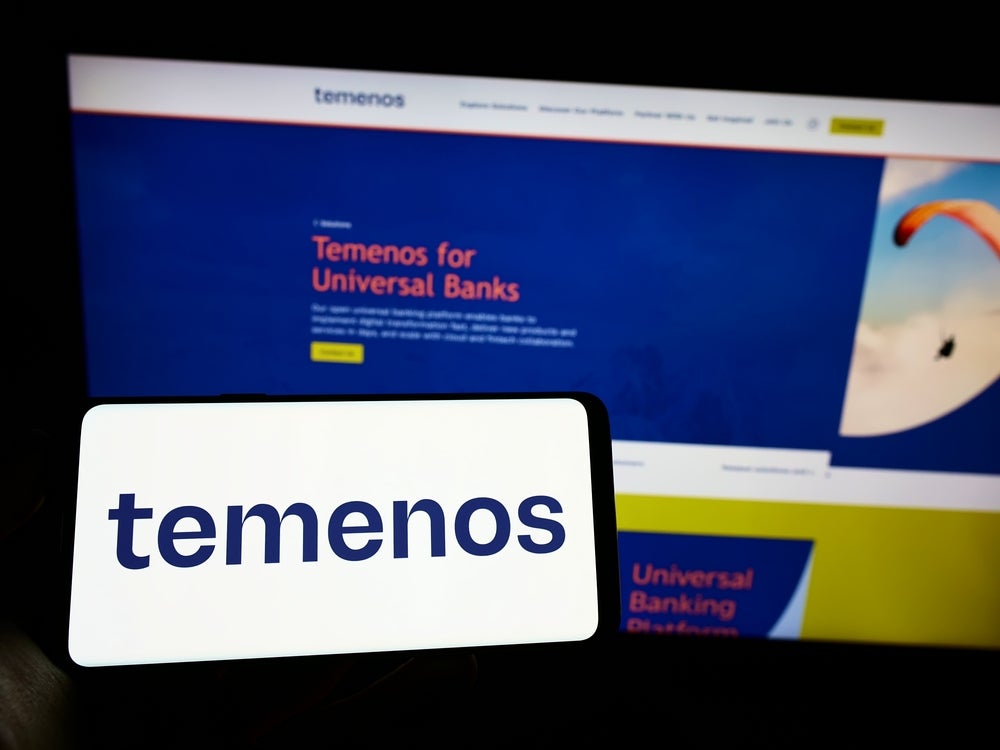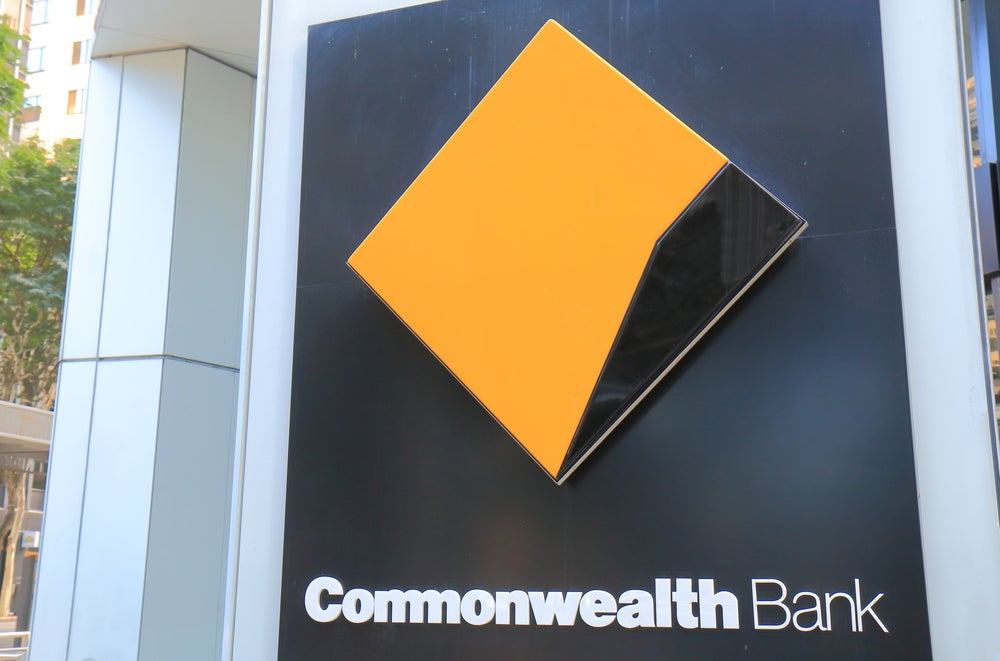Deutsche Bank, Germany’s
largest commercial retail bank, has outlined strategic goals for
2011. They include a renewed push on fee income and product sales,
and the redevelopment of its IT platform – in conjunction with
Deutsche Postbank – based on ‘lean and industrialised’ processing.
Hugh Fasken
reports.
Deutsche Bank has become the second
major bank after the UK’s Barclays to trial Microsoft’s in-branch
customer service tool Microsoft Surface.
It has placed two Surface ‘tables’ in
its flagship ‘branch of the future’ – referred to as Q110 – in the
centre of Berlin, with a customer review of the hi-tech sales and
advice system at the end of April.
The trial of Surface comes at a time when
Deutsche Bank, Germany’s largest commercial retail bank, is
rebooting itself comprehensively for the next three years after the
painful €5.7 billion annual group loss it posted for fiscal
2008.
Net income for the first nine months of 2009
was €3.6 billion, up from €918 million for the first nine months of
2008.
In December last year, Deutsche outlined a
number of strategic goals for 2011, including a renewed push on fee
income and product sales and much closer integration with Germany’s
postal bank, Deutsche Postbank, in which it has a 29.75 percent
stake.
How well do you really know your competitors?
Access the most comprehensive Company Profiles on the market, powered by GlobalData. Save hours of research. Gain competitive edge.

Thank you!
Your download email will arrive shortly
Not ready to buy yet? Download a free sample
We are confident about the unique quality of our Company Profiles. However, we want you to make the most beneficial decision for your business, so we offer a free sample that you can download by submitting the below form
By GlobalData
|
Targets |
|
|
Deutsche Bank – stated 2011 |
|
|
Phase 4 potential 2011 |
|
|
Group revenue growth |
~8% |
|
Income before taxes |
~€10bn |
|
Return on equity |
25% over the cycle |
|
Cost-income ratio |
~65% |
|
Tier 1 ratio |
>10% |
|
Business segments |
|
|
Corporate Banking & Securities |
€6.3bn |
|
Global Transaction Banking |
€1.3bn |
|
Asset and Wealth Management |
€1.0bn |
|
Private & Business Clients |
€1.4bn |
|
Total business segments |
€10bn |
|
(1) Income before income taxes Source: |
|
Deutsche has begun to consolidate and rebuild
its retail banking IT platform with Postbank, for instance, in a
major technology project focused on ‘lean and industrialised’
processing, standardised software and a new sales front-end system
to support much more efficient advice-based selling.
Innovative products such Surface dovetail with
this push on advice-led selling. Deutsche began offering Surface –
a web-based, touch-screen, interactive sales and service ‘table’ –
in November last year, with the bank contracting with Infusion
Development, an American-based software company, to develop the
special advisory software.
Whether the platform – which lets customers
search, build and buy a full range of banking, investment and
insurance products either with a trained adviser or, less so, by
themselves – becomes mainstream remains unclear and depends on
customer uptake.
‘Branch of the Future’
What is certain is that by being part
of the bank’s ‘Q110 – Deutsche Bank of the Future’ branch, the
Surface system will be fully tested. Since it opened in 2005, the
1,200 sq m branch has been used to test a wide variety of branch
formats, new technologies and customer service propositions.
According to a company spokesperson, ideas
tested in the Q110 environment that have been rolled out across
other Deutsche branches include comfortable seating areas,
open-plan branch lay-outs, open teller desks as opposed to barriers
and protective screens, and back-office software processes.
Deutsche Bank reports that the Q110 branch has
gained 50 percent more new clients than comparable branches, though
most of the concepts could not be rolled out across all 930
Deutsche Bank branches for practical and cost reasons.

The Q110 branch currently has a large dining
area with food and drinks on sale, for instance, while individually
designed meeting rooms are also available.
Trained staff are on hand to look after
children in the Kids’ Corner. A ‘trend shop’ is currently selling
an exclusive range of goods and products and also features a
selection of items from the London department store Harrods.
Opening hours are Monday to Saturday from 10am
to 8pm, except for Wednesdays, when Q110 closes at 6pm for
scheduled client events.
The importance of the Q110 branch to Deutsche
is the importance of the branch generally to the group in a
competitive German retail banking market.
It is also about Deutsche’s plans to cement
itself in the wake of the financial crisis and grow its retail
banking business.
Beware the Sparkassen
The main target for a commercial bank
like Deutsche is Germany’s dominant savings banks. The Sparkassen,
Germany’s 483 state-owned savings banks, have a combined branch
network of 16,000 units, a 50 percent market share of ‘principal’
bank accounts and around €750 billion ($1.1 trillion) in retail
deposits (see RBI 621).
Increasing its distribution capabilities was
part of the reason why Deutsche, which has just €85 billion in
deposits by comparison, bought a near 30 percent stake in
commercial rival Deutsche Postbank in late 2008.
Other strategic acquisitions in its home
market have included Norisbank and Berliner Bank. Since closing the
95-branch Norisbank deal at the end of 2007, clients and client
business volume have nearly doubled, says Deutsche, while the
61-branch Berliner Bank, which will be fully integrated this year,
has benefited from €550 million in accumulated new revenues.
Detailing its retail banking plans in more
detail, in December last year executives from Deutsche held a
strategy day, called Phase 4 (phase 1 was launched back in 2002),
outlining the group’s growth plans to 2011.
The agenda identifies four strategic
priorities for the group as a whole, with an overall target to
deliver a pre-tax profit by 2011 of €10 billion:
• Increasing profitability in the
Corporate and Investment Bank with renewed risk and balance sheet
discipline;
• A focus on core private clients
and asset management businesses and “home market” leadership;
• A focus on Asia as a driver of
growth; and
• A renewed emphasis on Deutsche
Bank’s performance culture.
According to its own research, during the
12-month period to the end of the third quarter of 2009, Deutsche
Bank saw its retail banking net revenues decline less than other
rival commercial banks in Germany: 8 percent down compared to 9
percent for Deutsche Postbank; 13 percent for Commerzbank; and 16
percent for HypoVereinsbank.
To meet its retail banking goal for ‘home
market’ leadership, Deutsche instigated a widespread cost-cutting
programme in 2009, which has included cutting non-sales relevant
training, smaller marketing spend and a “significant” reduction in
what the bank calls “comfort spending” such as travel.
The bank’s Private Client division will have
spent around €230 million in severance pay in 2009, though the bank
argues a strong product pipeline for the first quarter of 2010,
with a particular focus on investment products, will drive
earnings.
New technologies such as the Microsoft Surface
system could help push high-end investment and insurance
products.



Integration with Postbank
But perhaps the biggest impact on
Deutsche’s revenues will come from the continuing integration with
Deutsche Postbank. While Postbank has around 850 ‘traditional’
branches, it also has access to nearly 6,000 post office outlets –
giving it huge distribution opportunities.
As well as starting to integrate IT platforms,
Deutsche Bank has begun to sell its products via Postbank and
reports “strong” progress on sales figures, especially in
investment products and retirement plans. The two have also started
to cooperate on sourcing and procurement, especially in the fields
of credit and debit cards and marketing.
The two are “fully on track” to deliver
synergy targets, said Deutsche, with an expected run-rate pre-tax
of €130 million by 2012.
In November last year, Postbank released
details of its ‘Postbank4Future’ three-year recovery programme
(see RBI 623).

The bank, which has improved its performance
in 2009 after posting a €1 billion loss in 2008, is embarking on a
‘back to basics’ strategy.
It is cutting the number of retail banking
products by around a quarter and targeting cost cuts of €145
million, or around 5 percent compared with 2008, by 2012.
According to Deutsche Bank’s estimates, the
two banking groups combined would compete with Germany’s
all-powerful savings banks in terms of income before income taxes
(IBIT): €2.2. billion IBIT for the savings bank in 2008 compared to
a combined €1.9 billion for Deutsche/Postbank.
In addition to the minority stake acquisition,
Deutsche Post has granted Deutsche Bank an option to acquire an
additional 18.0 percent of Postbank. Deutsche Post has also granted
Deutsche Bank a right of first refusal for its remaining 20.25
percent stake in Postbank.







